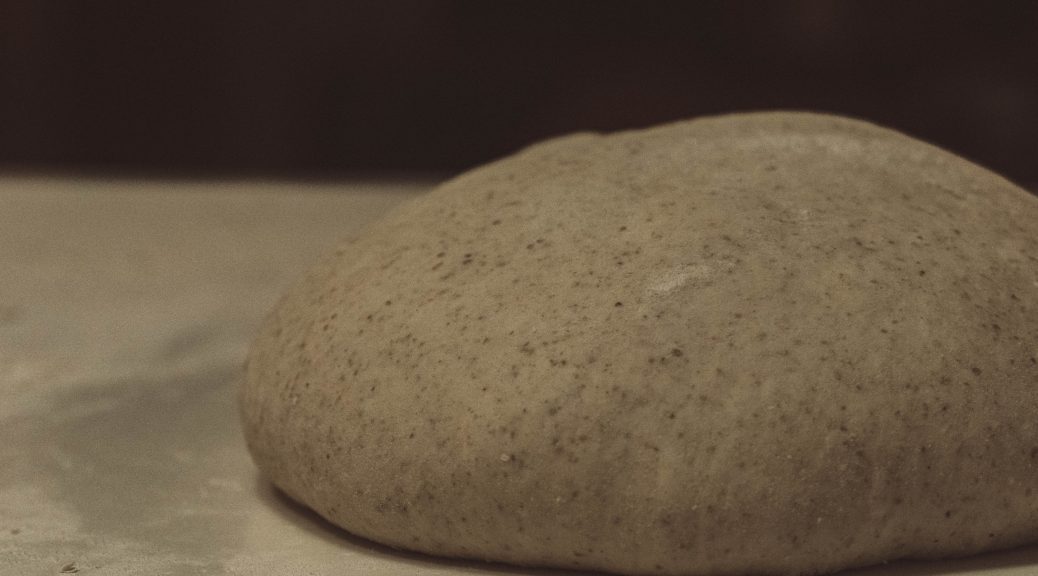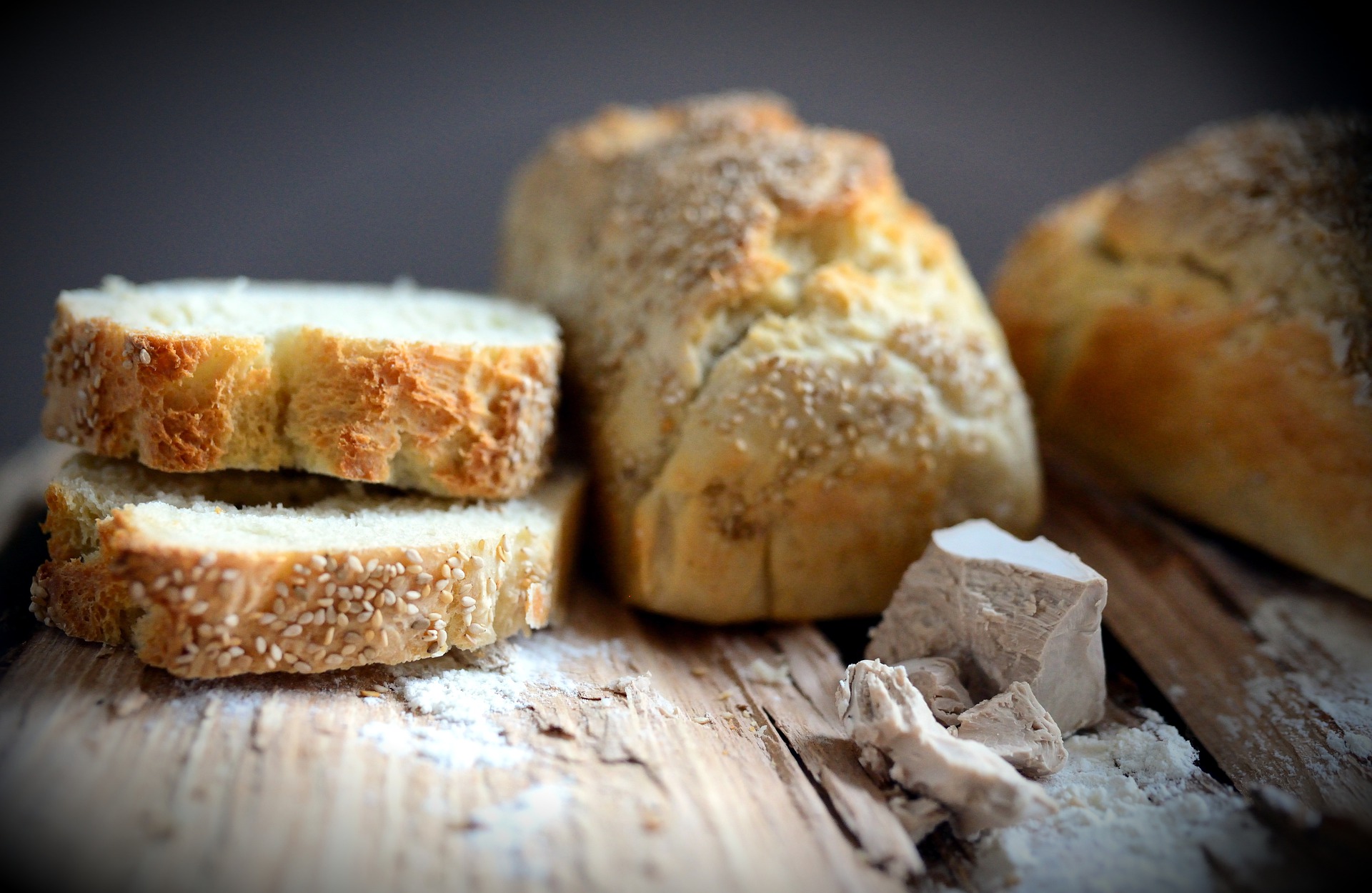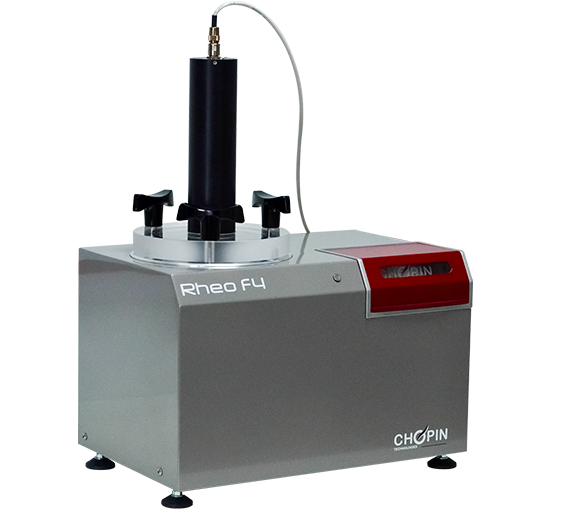Baking I
In the baking of bread and other products, multiple phenomena occur, encompassing chemical, physical, and biological aspects, which it is good to be aware of and understand. Let’s analyse what happens in baking. This topic is complex, and I believe addressing it in a single entry would be unfeasible (at least if we maintain the average length of entries). Therefore, we will cover the basic knowledge in two entries. It may be necessary to address specific aspects in subsequent entries….



